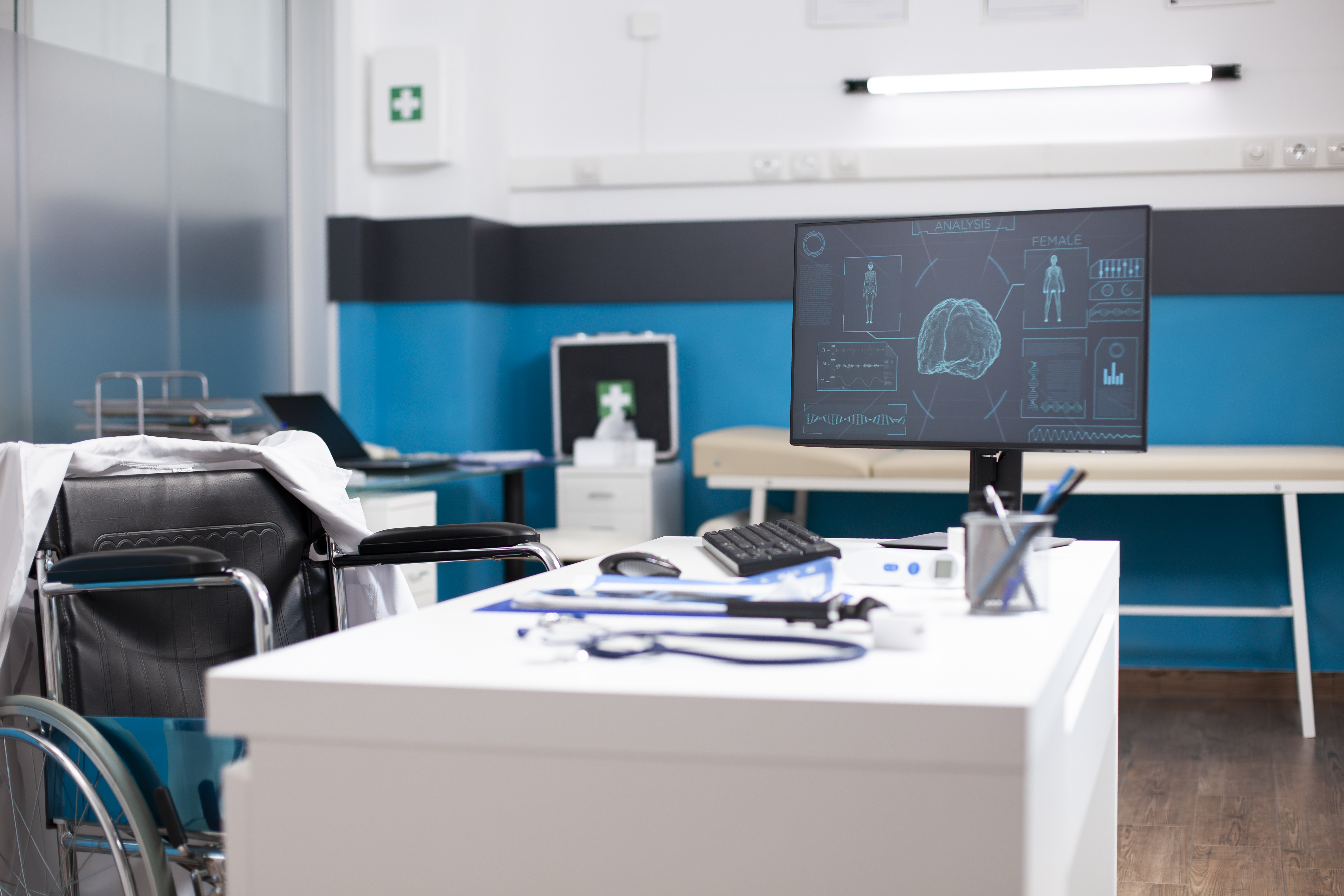Diagnostic Station for Medical Data Management
Streamlining imaging workflows through integrated PACS and diagnostic tools
Project Overview
Many medical facilities lack a unified approach to managing imaging data. PACS systems and image viewers often function as isolated technological entities, complicating workflows and hindering diagnostic efficiency.
ArtNovation was commissioned by a healthcare client to design and implement a cross-platform diagnostic application that integrates seamlessly with PACS systems and viewer software, establishing a structured and interoperable imaging data layer.
The diagnostic station delivers scalable infrastructure, supports real-time diagnostics, and is built for future integration with AI models.
Key Achievements
- Designed a cross-platform diagnostic station integrating PACS systems and viewer software
- Enabled bidirectional DICOM communication in SCU and SCP modes
- Introduced structured metadata for efficient study filtering and management
- Established secure data access using Public Key Cryptography
- Prepared system for real-time diagnostics and AI model integration
- Standardized imaging data workflows to reduce fragmentation and onboarding time
The Challenge
Many medical facilities lack a unified approach to managing imaging data. PACS systems and image viewers often function as isolated technological entities, which complicates:
- Uniform management of DICOM (Digital Imaging and Communications in Medicine) data
- Reviewing and comparing studies from multiple sources
- Structured flow of imaging data between specialists
The absence of an integration layer results in hindered diagnostics, fragmented data, and limited capability to implement clinical decision-support tools.
Our Solution
Commissioned by a client from the medical sector, ArtNovation designed and implemented a multi-platform diagnostic application integrating with PACS systems and viewers.
- Bidirectional communication with PACS systems using the DICOM protocol, supporting SCU and SCP modes
- Direct integration with viewer-type software
- Structured metadata system for studies enabling easy filtering and management
- Secure access control and data encryption based on Public Key Cryptography
Technologies Used
Results
The technology layer delivered by ArtNovation forms the foundation for further system development toward better physician workflow ergonomics and automation of medical analysis. The station was prepared as a scalable component ready for integration with AI models, supporting real-time diagnostics.
From the clients technical teams perspective, the system enables flexible management of imaging data streams, standardization of study workflows, and smooth onboarding of new data sources.
Conclusions
The project executed by ArtNovation constitutes a strategic component of the digital infrastructure of modern medical facilities. The goal was not a technological silo, but a modular interoperable system connecting the world of medical data (PACS) with diagnostic tools and clinical workflow in a decentralized way.
With full compliance with the DICOM standard, SCU/SCP mode support, capability to federate data from multiple sources, and readiness for direct coupling with AI algorithms, the diagnostic station serves as a point of distribution and transformation of imaging data directly in the hands of physicians.

Impact & Results
Take action that makes a difference. Contact us today.
Our team will help you define the plan and provide a preliminary cost estimate, so you can decide on the next steps.
Request appointment